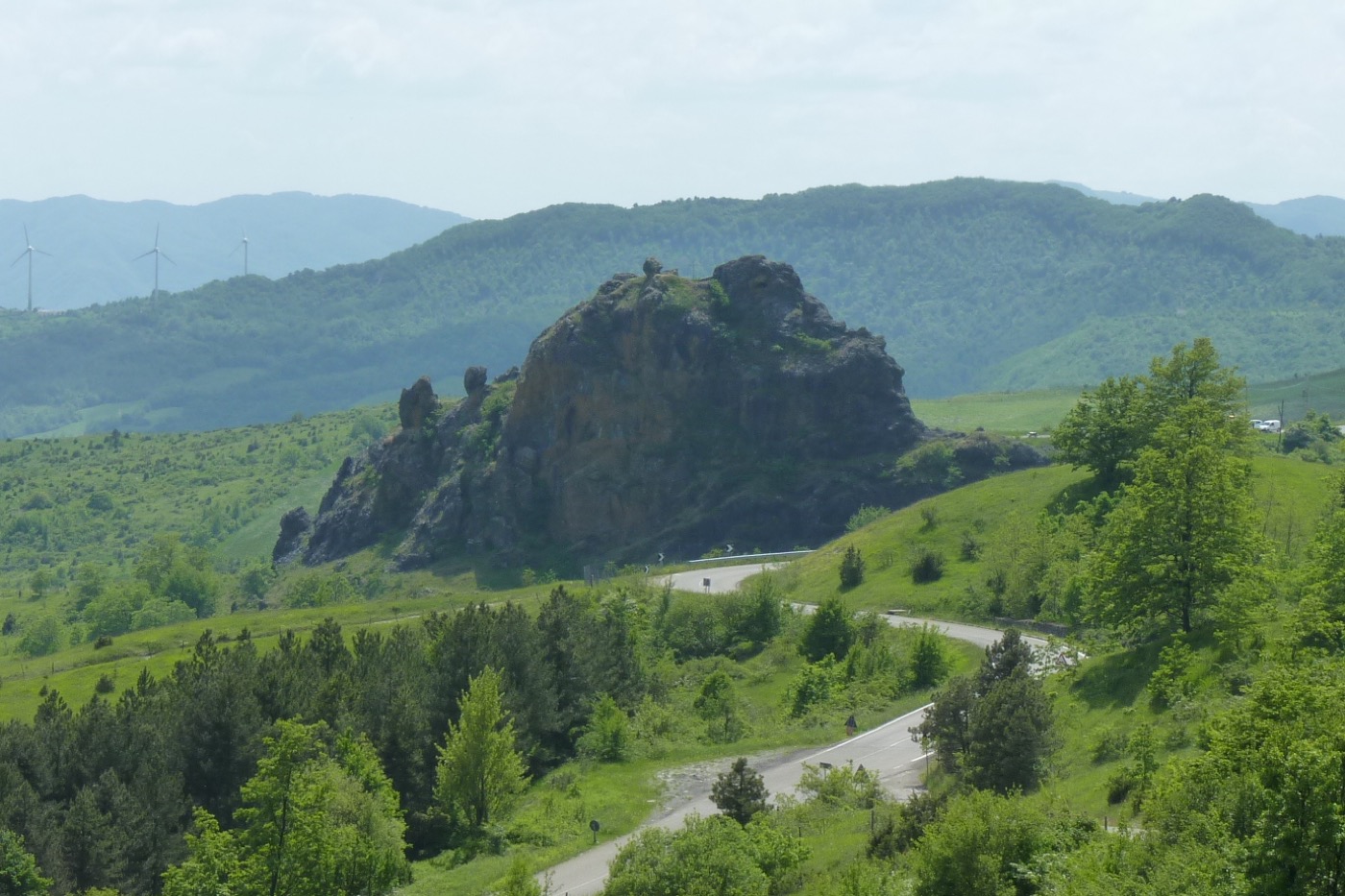2.2: Assignment- Exploring Earth’s layers and seismic-wave travel times
- Page ID
- 12913
Module 2 Assignment
Exploring Earth’s layers and seismic-wave travel times
Overview
Earth’s interior layers can be distinguished in two ways: by their chemical composition or by their physical characteristics and the way they “move” (in a rigid or a “plastic” manner, for instance). Sometimes the different terms we use to describe the interior are confused with one another, or they are treated as interchangeable terms, when really they are quite different. For example, the terms crust, mantle, and core are differentiated by their chemical composition, while the terms lithosphere and asthenosphere are differentiated by their physical (mechanical) properties. However, the terms crust and lithosphere are often (and incorrectly) used interchangeably.
Instructions
Part 1
- How might you hand-draw a figure for a textbook that includes all of these components of Earth’s interior? In other words, how might you reconcile these components of Earth’s interior and the two different ways they are characterized (chemical vs. physical/mechanical properties) in a single illustration?
- Write a paragraph (at least 5 – 6 sentences) that summarizes what tools scientists use to determine the depths at which these layers are situated in Earth’s interior.
Part 2
- The March 11th, 2011 earthquake in Japan was a magnitude 9.1— one of the most powerful earthquakes to ever be recorded on Earth. Let’s assume the P-waves traveled outward from the focus of the earthquake at a rate of 5 km/s, and the S-waves traveled outward at a rate of 4 km/s.
- Which waves, P or S, would arrive at seismograph stations first?
- S-waves are more damaging than P-waves, and surface waves are the most damaging seismic waves of all.How much warning did residents of the following cities have before the more serious shaking began, starting with arrival of the S-waves?(Hint: Calculate the difference in arrival time between the P- and S-waves in each city.)Show all your work.
- Sendai (130 km from epicenter)
- Tokyo (373 km from epicenter)
- Osaka (770 km from epicenter)
Grading
10 points: Accurately responded to each question, including a clearly drawn figure of Earth’s interior, a well-written brief summary, and showing the math for each of the 3 calculations. Any sources used were cited.
8 points: Responded to each question, but may have addressed one or two incorrectly.
5 points: More than two questions missed or answered incorrectly; sources were not cited.
2 points: Only very partial information provided.
0 points: Did not complete the assignment.
- Module 2 Assignment: Exploring Earth's layers and seismic-wave travel times. Authored by: Anne Huth. Provided by: Pima Community College. Located at: http://cc.pima.edu/~lumen/glg101/module%20parts%20-%20LUMEN/Module2/L_Assign2.html. License: CC BY: Attribution
- Figure 1: Sasso di San Zanobi (or Zenobi). Authored by: Khruner. Provided by: Wikimedia Commons. Located at: https://commons.wikimedia.org/wiki/File:Ophiolite_outcrop_San_Zanobi_01.JPG. License: CC BY-SA: Attribution-ShareAlike
- Physical Geology, Adapted by Anne Huth, Pima Community College. Authored by: Steven Earle. Located at: https://opentextbc.ca/geology/. License: CC BY: Attribution
- Laboratory Manual for Introductory Geology, Adapted by Anne Huth, Pima Community College. Authored by: Bradley Deline, Randa Harris, and Karen Defend. Located at: https://open.umn.edu/opentextbooks/BookDetail.aspx?bookId=506. License: CC BY: Attribution


